
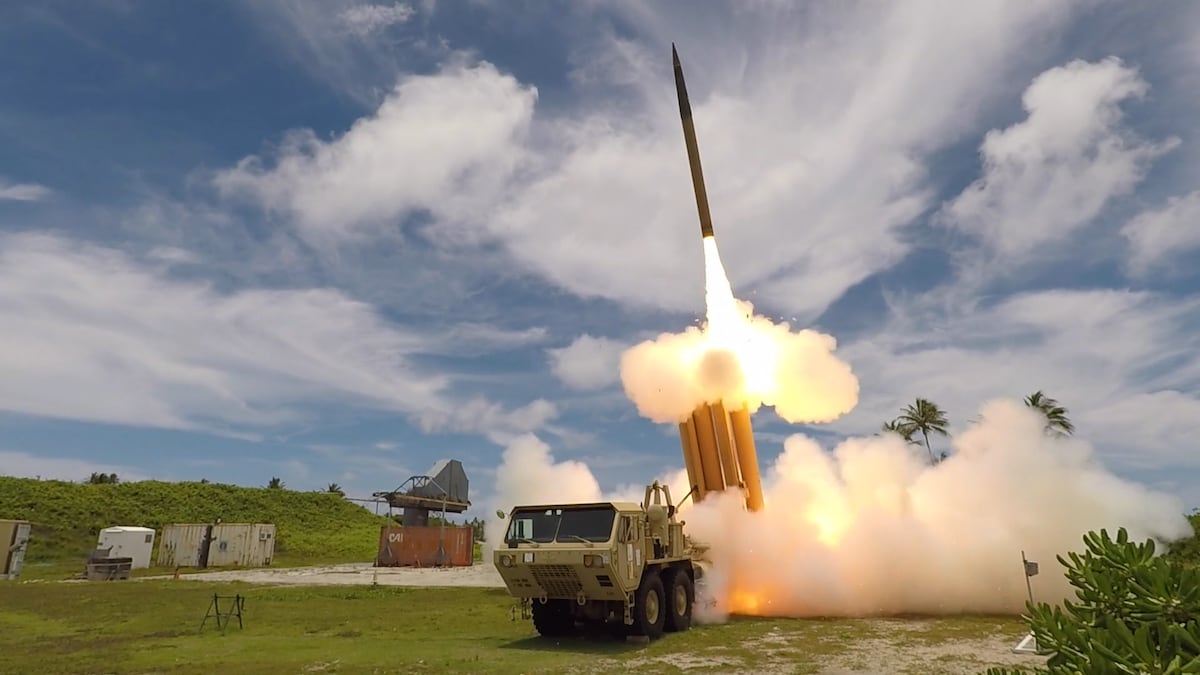
The U.S. Army’s Terminal High Altitude Area Defense “Talon” interceptor inventory is unacceptably low, potentially leaving U.S. forces vulnerable in a future conflict. The service reportedly consumed nearly a quarter of its interceptors during the 12-Day War between Israel and Iran in June, and absent aggressive congressional intervention, it will take too long to replenish and expand stocks.
The U.S. Missile Defense Agency awarded a $2.06 billion contract modification to produce Terminal High Altitude Area Defense, or THAAD, “Talon” interceptors late last month. That step is laudable but insufficient. Congress needs to help by approving the administration’s request to shift money between programs to purchase more interceptors, providing enough funding to procure the maximum number of interceptors industry can produce next fiscal year and pushing the Pentagon and industry to expand production capacity as quickly as possible, among other steps.
THAAD is a U.S.-produced, land-based missile defense system that uses hit-to-kill interceptors to destroy short-, medium- and intermediate-range ballistic missiles both inside and outside of the atmosphere. Currently, the U.S. Army possesses eight THAAD batteries, with six launchers per battery and eight interceptors per launcher for a total of 48 interceptors loaded per battery. THAAD forms the upper layer of the Army’s land-based theater ballistic missile defenses, with Patriot comprising the lower layer and both complementing naval interceptors, such as the SM-3 and SM-6.
During June’s 12-Day War, Iran reportedly fired over 500 ballistic missiles at Israel during the conflict and around a dozen at a U.S. airbase in Qatar, destroying a geodesic dome. The United States assisted Israel in shooting down many of the ballistic missiles, including with the multiple THAAD batteries deployed to the Middle East during the war, demonstrating interoperability within a larger architecture.
Estimates vary on the precise number of THAAD interceptors expended, but The Wall Street Journal, citing U.S. officials, reported that more than 150 interceptors were fired. To put that number in perspective, the Department of Defense previously committed funding for 646 interceptors, according to Pentagon fiscal 2026 budget documents published in June 2025. Understanding that some of those may not have been delivered yet or were used in testing, the expenditure of 150 interceptors would amount to roughly a quarter of the total U.S. THAAD interceptor inventory.
It is reasonable to ask why the U.S. has such a small inventory of interceptors.
One need look no further than the level of procurement before the 12-Day War. The Pentagon requested only 25 interceptors in its base defense budget request for FY26 and another 12 through reconciliation, for a total of 37. While admittedly an increase compared to the paltry 11 procured in FY24 and 12 in FY25, the procurement of 37 interceptors next fiscal year is entirely insufficient. Indeed, at that rate, it would take around four years to replenish the interceptors used during the 12-Day War. Given growing threats to American interests in the Middle East, Europe and the Pacific, that is unacceptable.
If the United States struggled to deal with Iran’s arsenal, imagine what might happen in a conflict with China, which possesses around 2,700 short-, medium- and intermediate-range ballistic missiles and is building more.
To make matters worse, Russia more than doubled its ballistic missile production from 2023 to 2024 and continues to further expand production, according to Ukrainian intelligence. Additionally, North Korea continues to advance its missile program to threaten regional targets and the U.S. homeland, further underscoring the need for more robust U.S. missile defense infrastructure and stockpiles.
Thankfully, there are steps available to replenish and expand the U.S. Army’s inventory of THAAD interceptors.
As a first step, Congress should approve without delay the above threshold reprogramming request submitted on July 15. That will allow the Pentagon to move money and acquire additional interceptors more quickly, especially with the Missile Defense Agency’s July 28 $2.06 billion contract modification.
But Congress should not stop there. For FY26, Congress should authorize and appropriate the funding necessary to procure the maximum quantity of interceptors that industry can produce. Current full-rate production is 96 THAAD “Talon” interceptors per year, and industry could produce as many as 144 interceptors in FY26. With additional steps, industry could produce even more going forward.
Admittedly, a portion of current production levels goes toward fulfilling foreign military sales to Saudi Arabia and the United Arab Emirates, whose orders kept the production line from atrophying while U.S. demand (unwisely) slackened.
But industry is prepared to make the investments necessary to increase production levels further, if only Washington will procure the maximum quantity industry can produce and signal to industry its determination to do so for at least the next five years. The assertive use of multiyear procurement authority and appropriation can incentivize such industry behavior.
To encourage such a decision by industry and to inform future Pentagon requests and congressional authorizations and appropriations, Congress should require an annual report from the Pentagon listing 1) current maximum production levels for THAAD interceptors and 2) steps that are being taken and could be taken to expand maximum production capacity each year.
Notably, the Senate Appropriations Committee approved an increase of $923 million for additional THAAD interceptors and related investments on July 31. That is an effort the full Congress and the administration should support.
Washington has underinvested in air and missile defense for too long and is now facing the consequences. Thankfully, there are several steps available that can begin to address the shortfall of THAAD interceptors. Ensuring U.S. service members have the missile defenses they need in a future conflict requires urgent action in Washington today.
Bradley Bowman is senior director of the Center on Military and Political Power (CMPP) at the Foundation for Defense of Democracies, where Ryan Brobst is deputy director. Luke Miller, an intern at CMPP, contributed to this research.


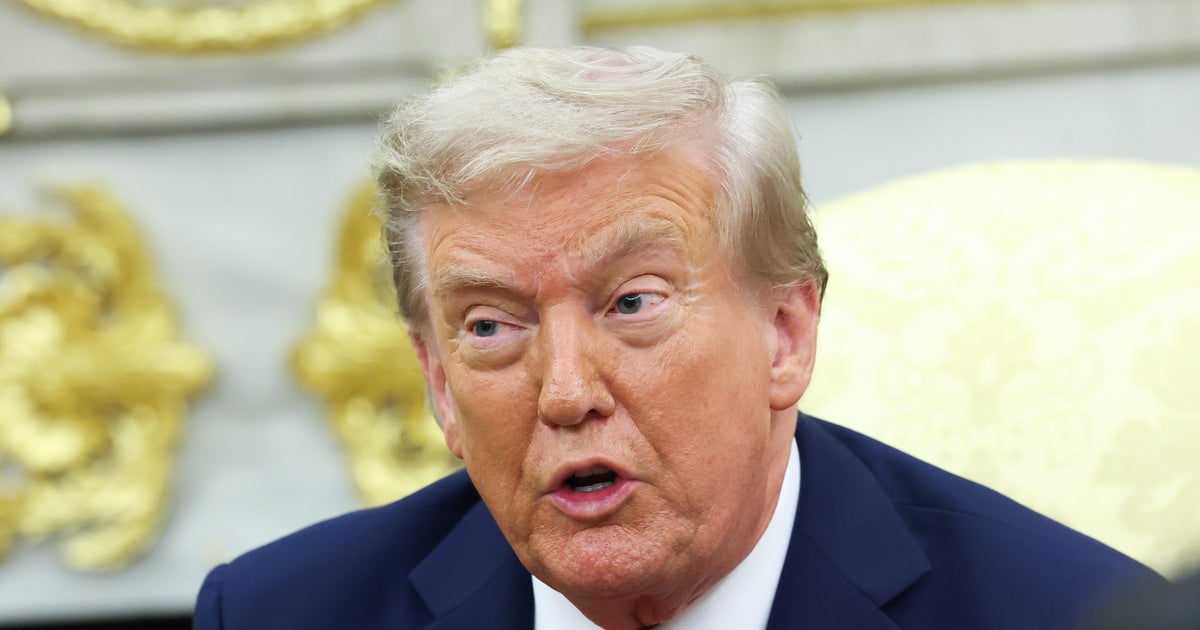


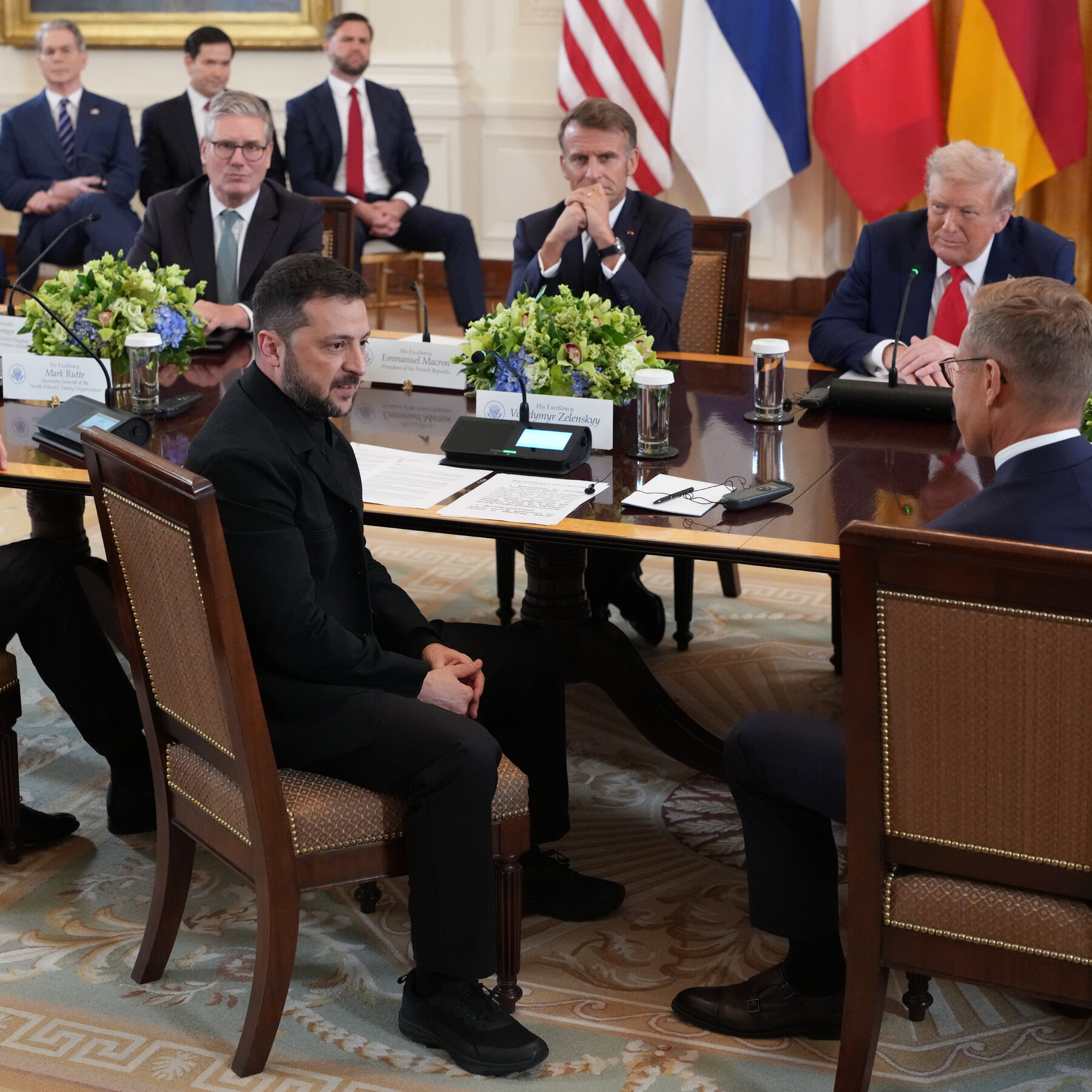
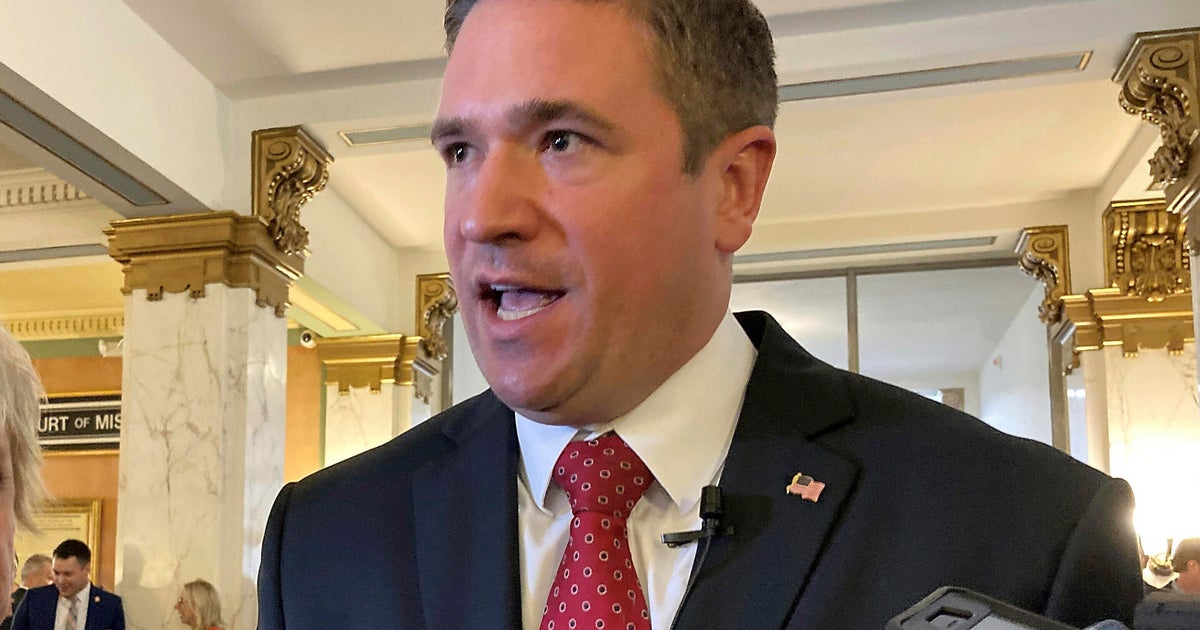

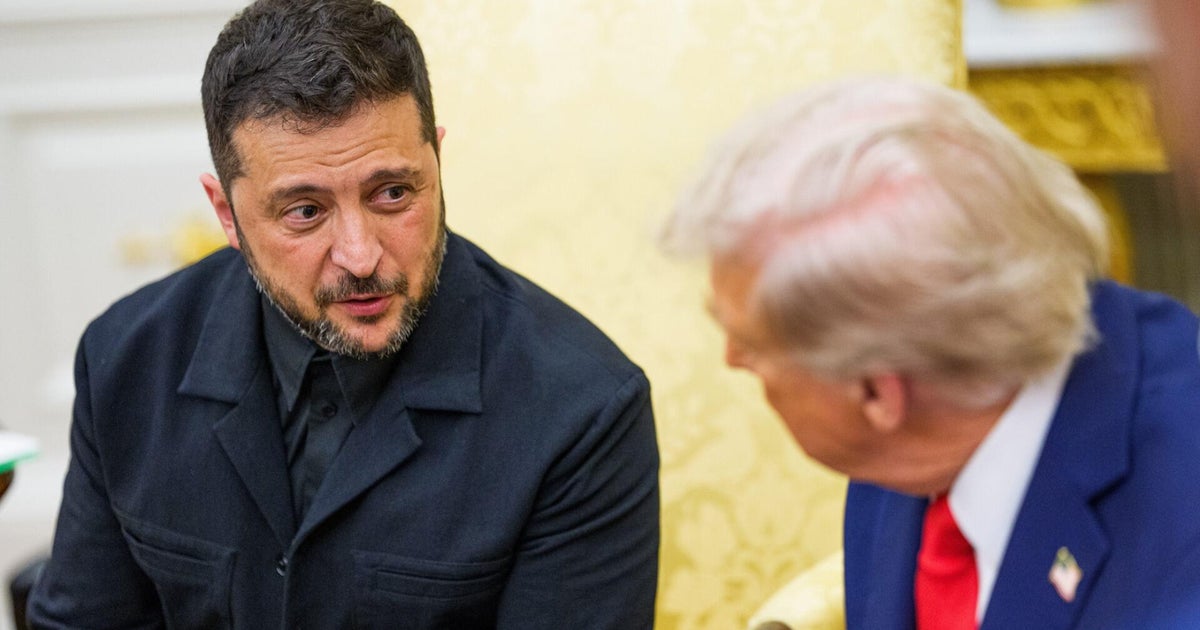

-3.png)



